The way hotels market their rooms has evolved significantly in recent years. Today, there are two major distribution channels: direct distribution, where the hotel manages the relationship with the customer directly (for example, through its own website, app, social media, or phone); and indirect distribution, which involves intermediaries such as Online Travel Agencies (OTAs), traditional travel agencies, or wholesalers.
Direct and indirect distribution are two key approaches in hotel room marketing, and each has distinct advantages depending on the type of hotel, its strategy, and its target market. Each method comes with its own opportunities and challenges, and their effectiveness depends on several factors: the type of hotel, market positioning, sales strategy, and guest profile.
At the Bavel Travel Summit 2025, Mustafa Korkmaz, CEO at jumbOnline, and Jacobo Alvarez, Director at Barceló Hotels, joined Maud Christophe and Antonio Morales from Voxel, an Amadeus company, for an interesting debate about how both approaches offer unique benefits and complement each other for an effective hotel distribution strategy.
Unique benefits for every distribution channel
There are many advantages to choosing either indirect or direct distribution. While both bring sales and ultimately guest reservations, each model presents its own unique benefits that can clash or sometimes complement the other existing model. ¨Hotels and wholesalers share the same mentality, we all want to sell¨, said Jacobo Alvarez. It’s important to bear in mind that while these two distribution channels seem like rivals, they actually just use different means to reach the same end goal.
The big benefit of working with travel sellers and wholesalers is their big sales teams and their international and/or regional market knowledge. International hotel chains have a better chance to reach this level of global market comprehension. However, it’s still not feasible for hotels to have sales teams with hundreds of people, as highlighted by Mustafa Korkmaz.
While most hotels suffer during low season, wholesalers can actually use this knowledge of non-traditional markets to help. This makes them an important asset in terms of financial advantage when compared to direct distribution. However, during the conversation, Jacobo Alvarez pointed out a benefit that only direct distribution offers: the control of the complete guest experience, from booking to post-stay engagement.
Travel sellers may help hotels increase booking rates during lower seasons, but they take away the power of the hotelier to create a closer relationship with guests. Hoteliers do this through their direct channels by personalizing the guest’s stay and engaging with them even after they have left the property.
Direct distribution is carried out by the hotel through their website, email marketing, campaigns, or phone calls. It allows the hotel to build a brand story, personalize offers, and sell their experience from the first touchpoint. This model also offers a significant financial benefit for hotels: by cutting out the middleman the property ensures higher margins and more profit.
The key to success: the distribution mix
Having a healthy mix of both indirect channels and direct distribution initiatives is definitely the key to success for most hotels. In the end, there are many touchpoints in which both of these models complement each other, ensuring higher booking rates and healthy margins.
For example, Alvarez mentioned how AI can be extremely helpful to hotels when it comes to coming up with multi-variable pricing strategies. However, it still needs ongoing human supervision since it could become a liability to the business. Therefore, even though hotels have more ways to sell with the new technologies in the market, they are still struggling to fully put them to their best use.
“Companies like wholesalers or OTAs can actually facilitate the adaptation of hotels to these emerging technologies”, said Korkmaz. This is thanks to the dedicated teams and infrastructure that these companies count on in order to provide a unique selling point for hotels.
Moreover, when it comes to online marketing and ads, it is still a pain point for hotels due to their high cost and need for technical internal teams to handle them. With the help of wholesalers and OTAs, hotels can be easily featured in more online spaces and even benefit from ad features offered by these partners.
The future of hotel distribution
Understanding that the distribution mix is the key to a successful hotel distribution strategy is the first step towards a healthier future for the travel industry. However, there are still challenges that should be tackled to ensure complete synergy between hotels and travel sellers. “Right now, it’s all very fragmented with hundreds of channel managers, hundreds of PMSs and suppliers with different APIs, which creates inefficiencies in the distribution”, noted Korkmaz.
For a travel seller, an OTA or a wholesaler to offer a seamless distribution service to hotels, they need to offer an integration to all technology partners being used in each and every property. This not only takes a lot of time and effort but can also create discrepancies in information if the integration is not done correctly. For Korkmaz, a plug and play solution with a standard API would solve the lack of integration in the market and allow technology partners to work better on behalf of hotels.
Finally, while many still think that indirect distribution is too costly due to fees and commissions, hotels are realizing that direct distribution also has a high cost entailed to tackling all the new technologies in the market. The key is to know your property and your guest personas to have a plan for when to use each model to earn more reservations and create a healthy hotel distribution strategy.











